11 Bee Friendly Plants for Your Garden 💗
Here are some wonderful, pollinator friendly plants that are easy to add to your garden.. and the BEES love them!
Hint.. it's best to pick a few plants that you love and plant a lot of those vs. a few of each kind. Bees with only visit of patch of flowers if it is worth the journey. If there are multiple pollen sources to visit making it worth the trip. 🐝
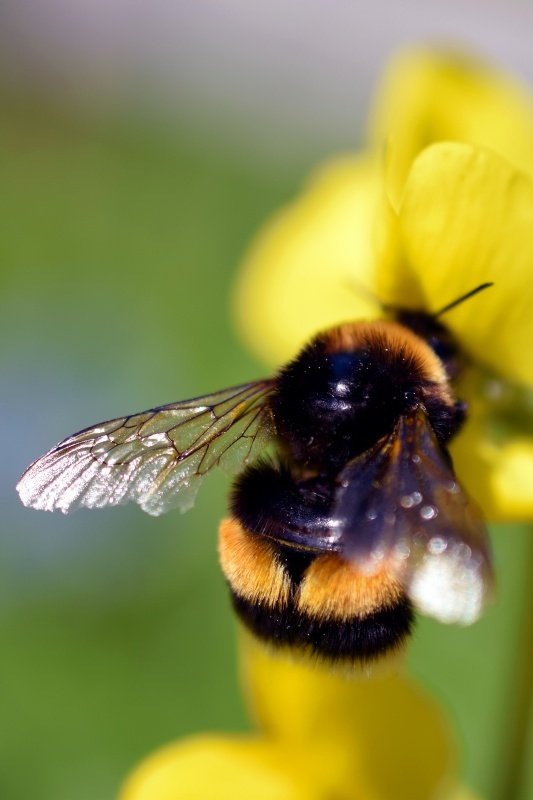
1. Coneflowers
Also known as echinacea, this perennial is one of my favorite bee-friendly flowers. They’re native to our area and are extremely drought resistant. You can find them in a variety of heights and colors and they pair so beautifully with other flowers.
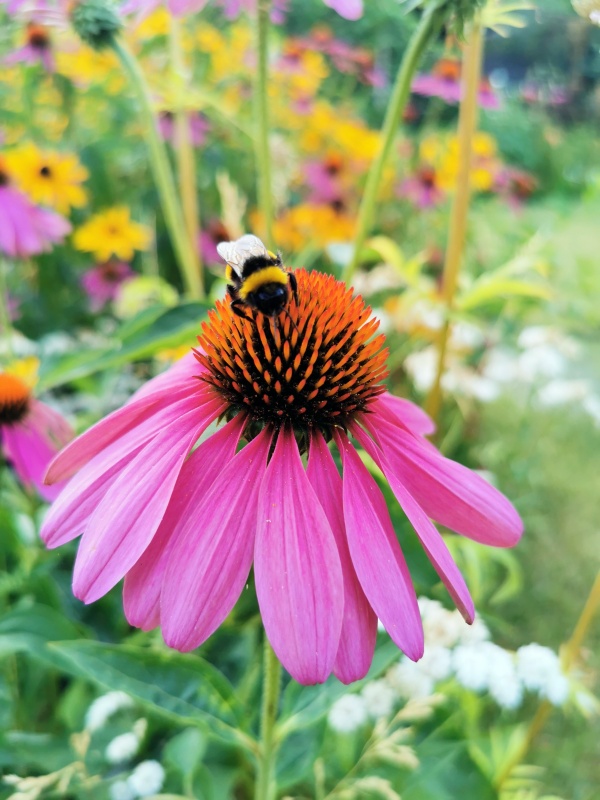
2. Black-Eyed Susan
You might know these cheery flowers as rudbeckia. They provide a wonderful display of yellow daisy-like flowers. I love wedging them in between pink, purple, and orange flowers for a bit of contrast.
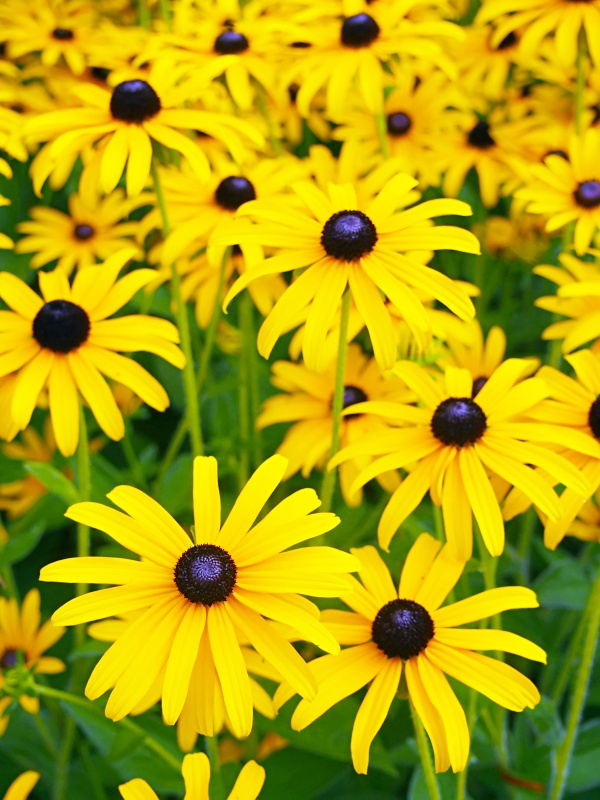
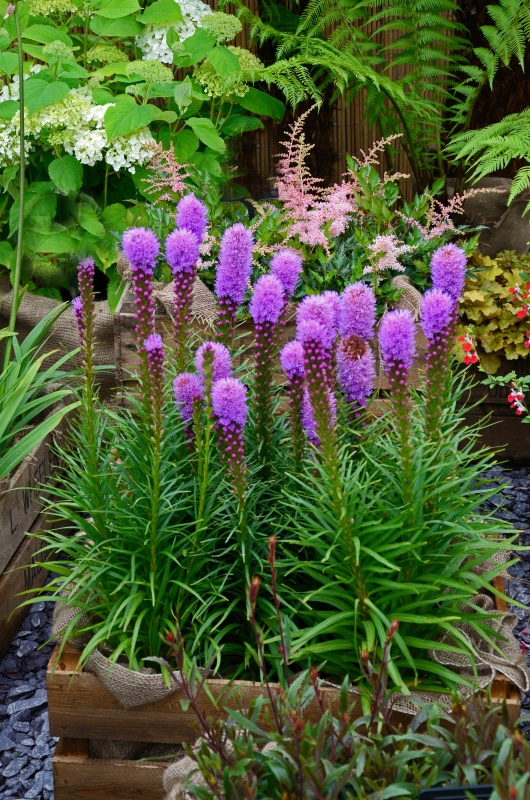
4. Ornamental Onion (allium)
Such a cute flowering perennial that bees adore! You can group these together as a border plant for a stunning visual effect. I love their globe-shaped heads. They remind me of the type of flower you’d see in Whoville.
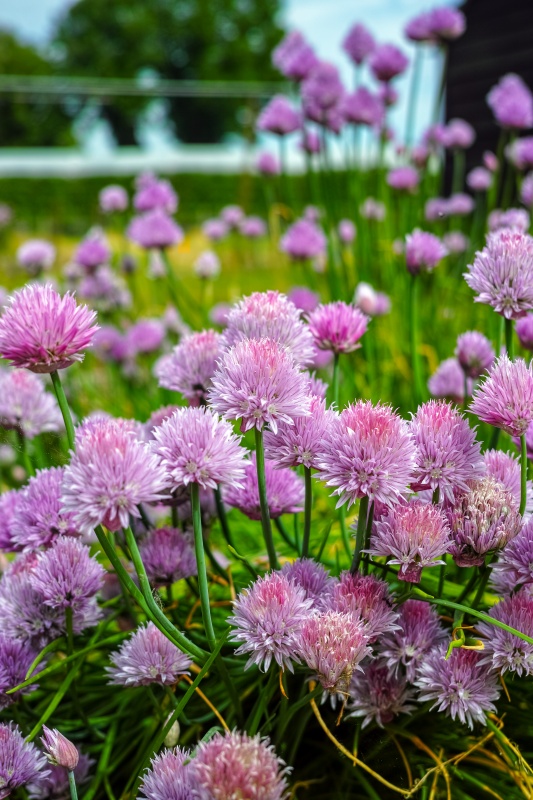
5. Bee Balm
Of course, don’t forget the obvious bee balm when selecting bee-friendly flowers for your garden. When this perennial flower starts to turn brown, cut the dying flower at the first leaflet to encourage more blooms.
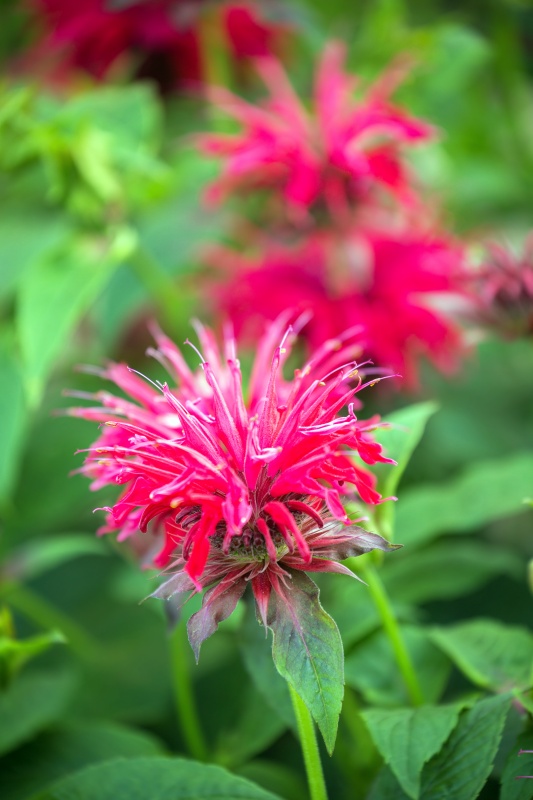
6. English Marigold
Here’s another colorful flower to add to your garden. You might know it as a pot marigold (calendula) and is different than the more common marigold (tagetes) that you see in most garden centers.
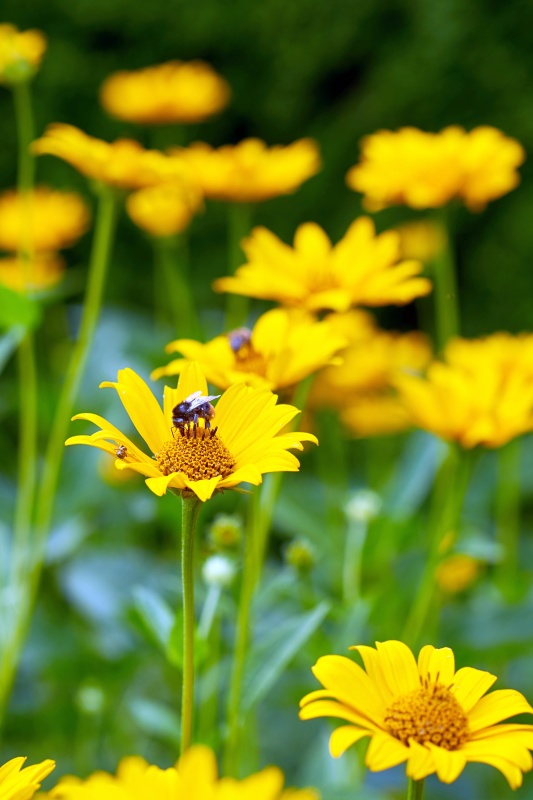
7. Hyssop
This is a bushy-type aromatic plant that pollinators love to visit. Pick a leaf and you’ll smell a familiar licorice scent. The stems were used by ancient Hebrews for Jewish rites of purification.
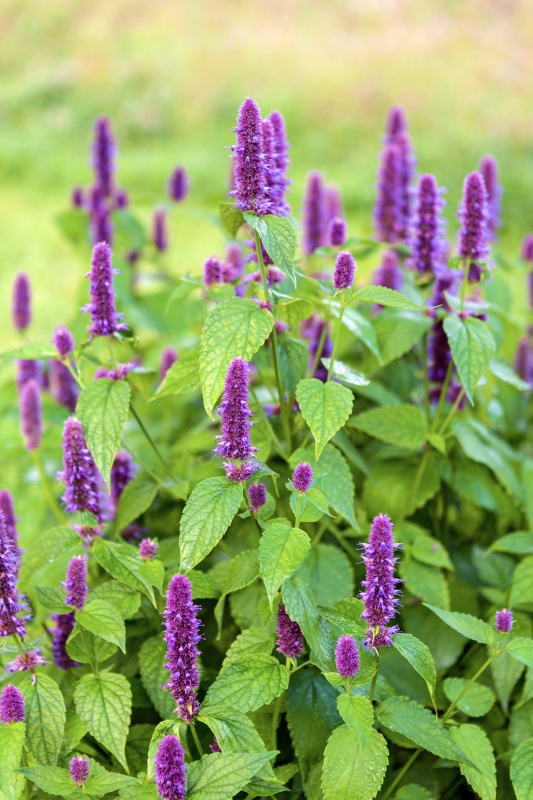
8. Nasturtium
My mother loved having these in her garden. They add a wonderful pop of bright color to the landscape. Not to mention, their leaves add a peppery flavor to your favorite salad.
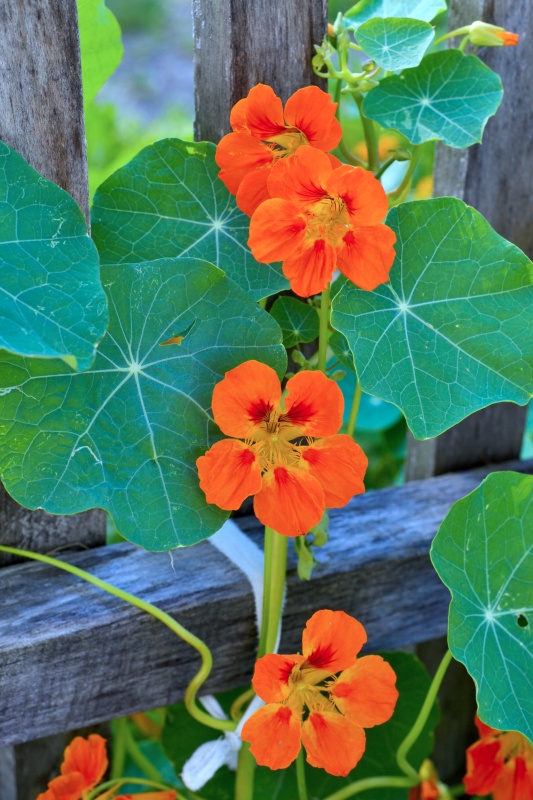
9. Phlox
Tall growing phlox bloom in mid to late summer and put on quite the flowering show. When I was a little girl, I’d remove a flower from one of the tiny stems and suck the nectar from the back end of the bloom. I’m sure the bees weren’t too happy with me! I have pink phlox by my pond and the flowers will soon be out.
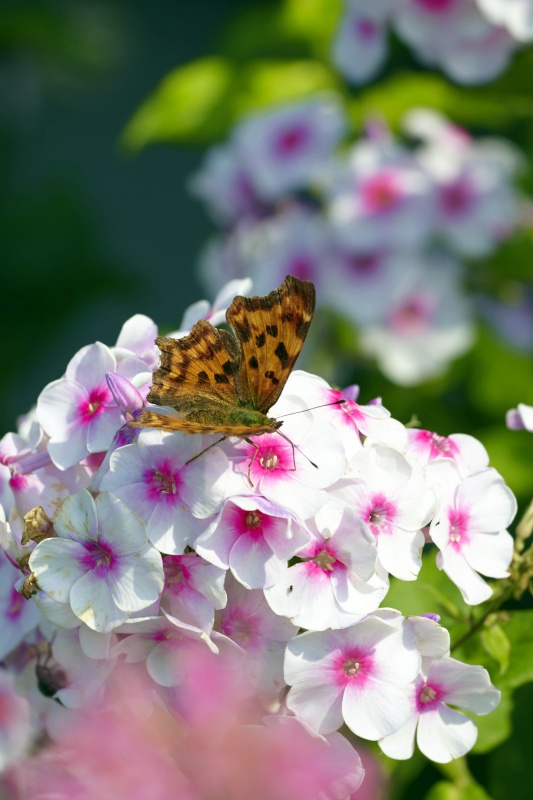
10. Zinnias
I always have zinnias in my garden. They’re more tolerant to drought conditions and are super easy to grow. Dead head them when the flowers fade and they’ll reward you with more blooms. There are two types that I prefer – magellan zinnias which are bushy, and state fair zinnias that grow to about 4 feet and are wonderful for cut flowers.
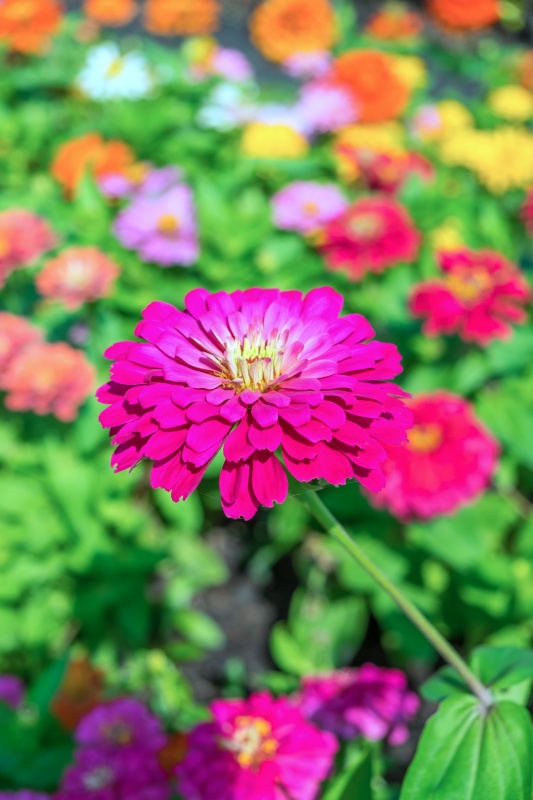
11 Thyme
If you let this popular herb go to flower, the bees and butterflies will thank you for it. The same is true of oregano. I cut half my plants back for herbs, and the rest I let go to flower for the pollinators.
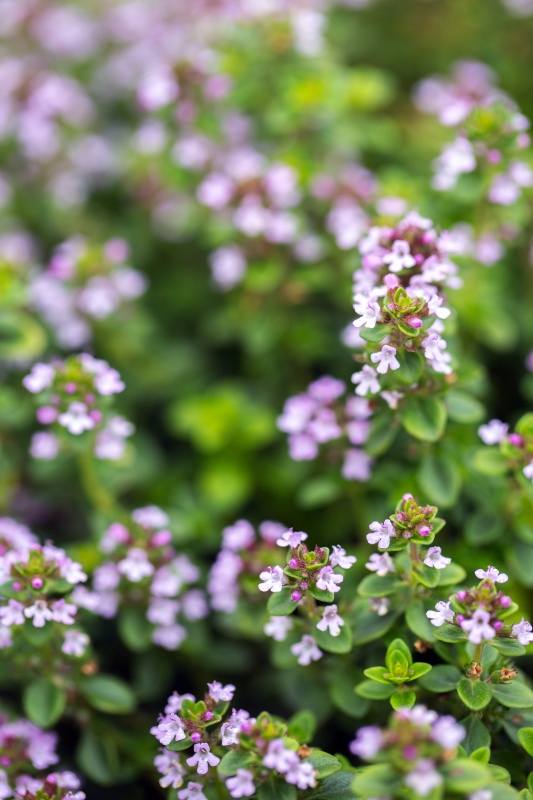
There are several more bee-friendly flowers that you can add to the garden, but all of these are easy to grow and are some of my favorites. Add one or more to your garden and over the years you’ll start to see more and more bees and butterflies in your yard.
